| | Wasn’t that rain wonderful? Even the drizzle starting hours earlier than the 4pm promised starting time was enjoyable despite being so heavy that it hurried my sowing sweet peas and scattering wildflower seeds. It primed the mulch and soil for later downpours, and I relished coming back into the house completely soaked and dripping – and broadly smiling - akin to stomping in puddles and building grass forts in the vacant lot across the street when I was a kid! With all that moisture – perhaps more than the expected half-inch – soaking through the mulch and down into the soil, I won’t walk in the garden or work the beds until tomorrow – and then lightly – so I don’t compress the soil and squish out the air pores. Those air pores are the breathing spaces for plant roots as the moisture held by the organic matter and soil particles drains. So it’s important to have all three - air pores, organic matter, and soil particles - in your growing beds. Repeated additions of organic matter foster this perfect mix of soil particles, water, and air, providing the “wrung-out-sponge” medium that both holds water and drains well so roots are constantly both hydrated and aerated. Possible Frost Thanksgiving marks the average first frost date for our general area. While my Pasadena garden hasn’t had a frost in more than the five years of the drought, you never know what weather will actually occur, so it's best to prepare for all possibilities. With nighttime temperatures beginning to lower down into the low 40s, it’s wise to make sure that soil remains moist so plants are hydrated so they’re more resistant to any frost that does occur. And this rain was a good start! Other preparations for possible frost include:
Add Manure and Mulch One heavy-duty project to accomplish includes laying down manure and compost over the entire garden except pathways. If we get more rain – hope, hope! – and the soil remains saturated, wait until early spring to dig the compost and manure into the soil. The rains will percolate through the organic matter and provide "manure tea" and “compost tea” to enrich the soil underneath so spring plantings will benefit. If we don’t get more rain within the month, check that the soil is well-drained from the rain we just had, and then turn in the manure and compost, gently breaking apart clumps. Use a spading fork instead of a shovel, since the fork's tines enable more work to be accomplished with less labor, and the soil falls apart more easily so less compacting results. After incorporating the manure and compost, water the beds and then let them rest for two or three weeks while the microorganisms begin breaking down the organic matter, which will generate heat. When their processing is finished, the soil will cool down, and you can proceed with seeding or transplanting, assured that the tender roots won't be damaged - burned! |
|
0 Comments
Leave a Reply. |
Categories |

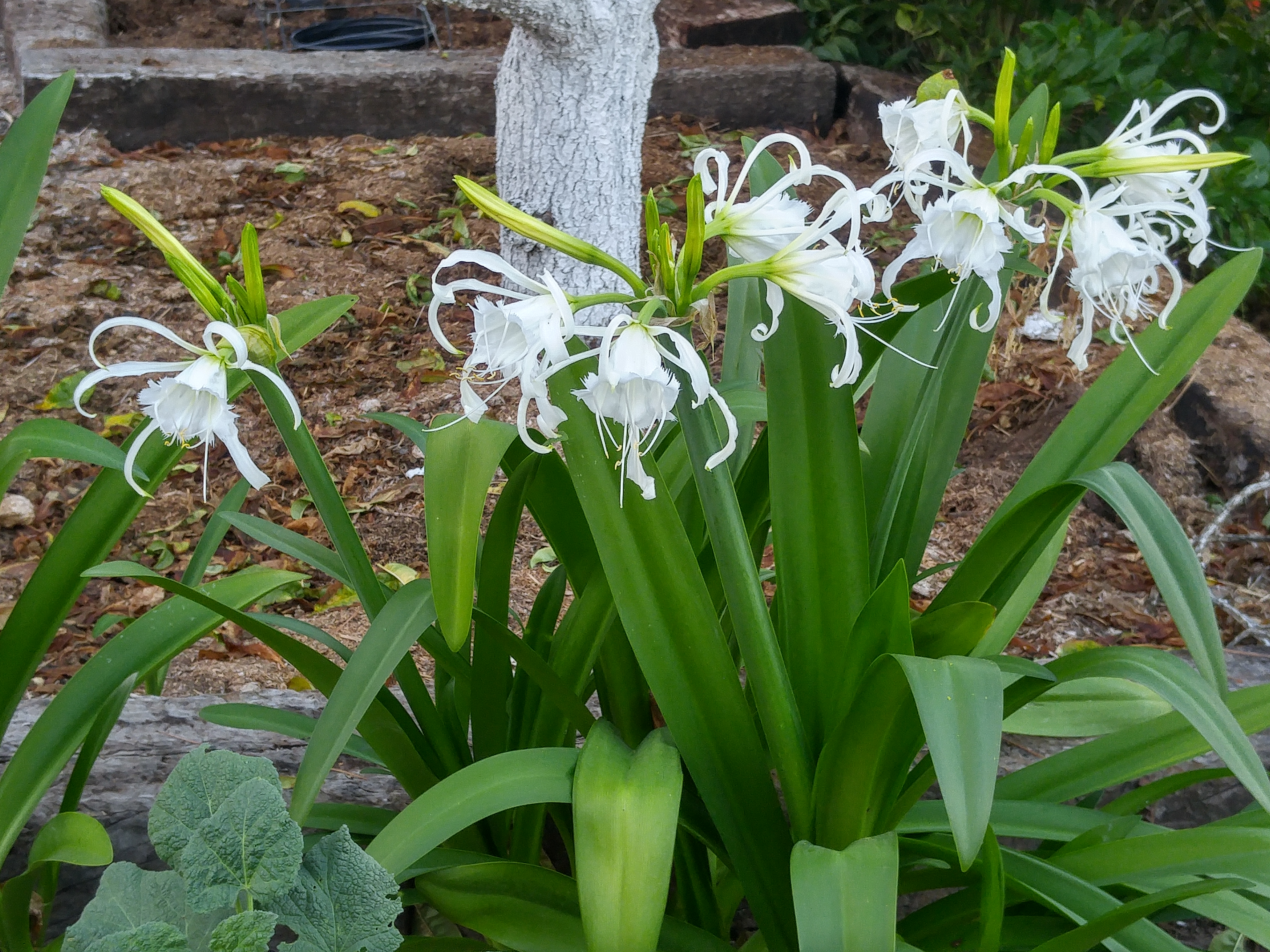
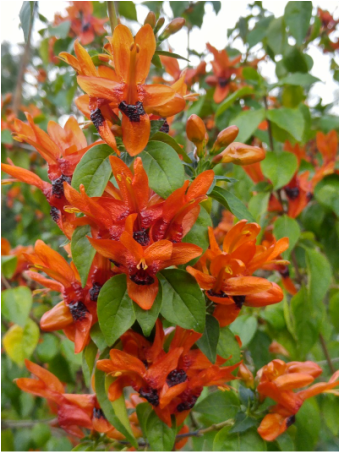
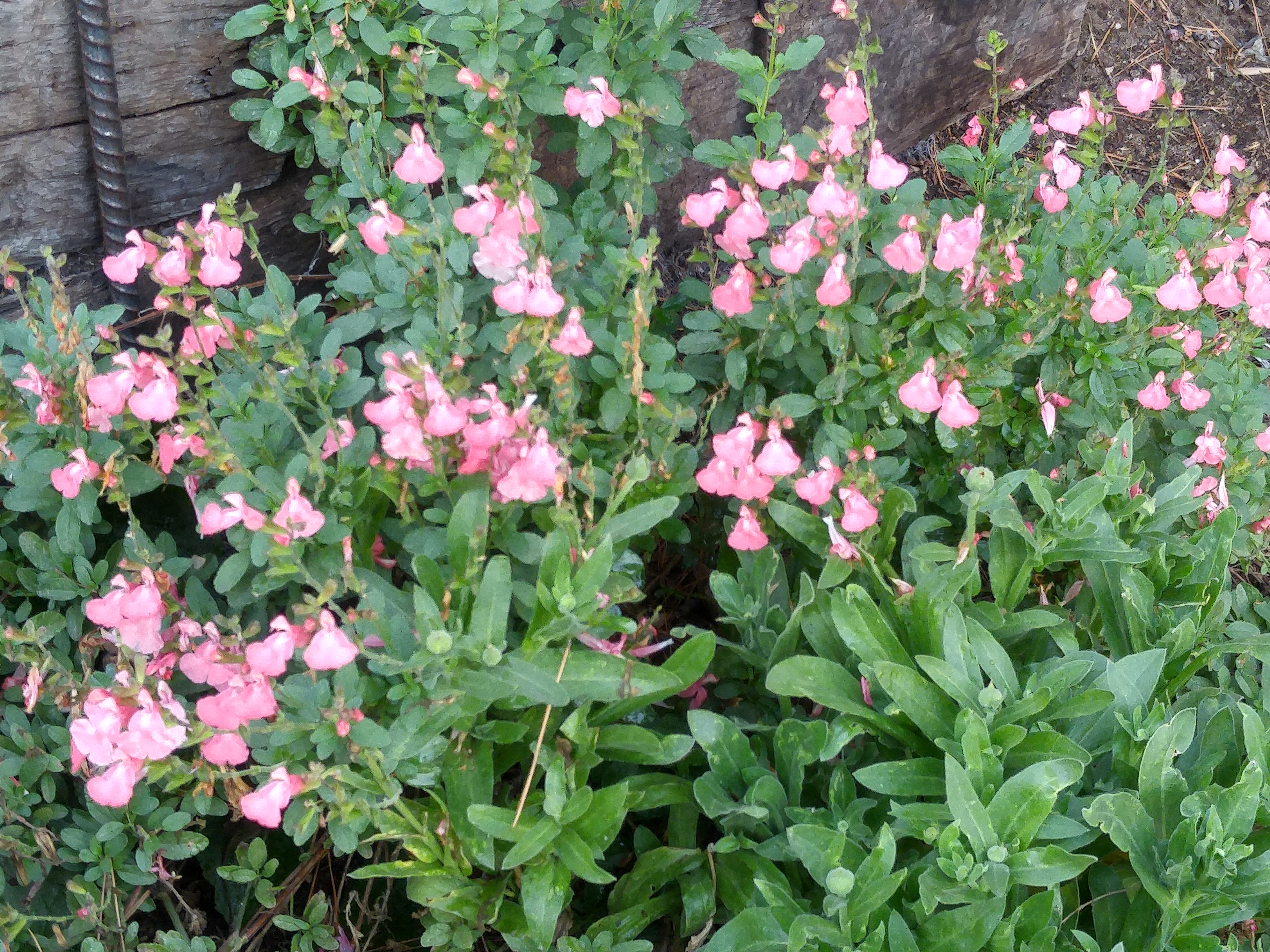
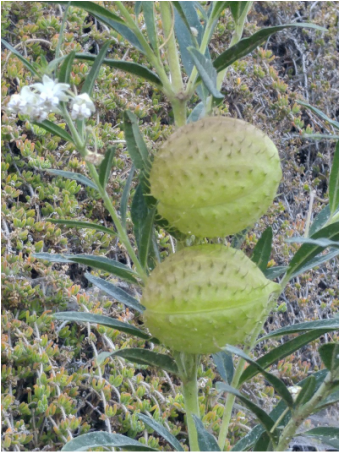
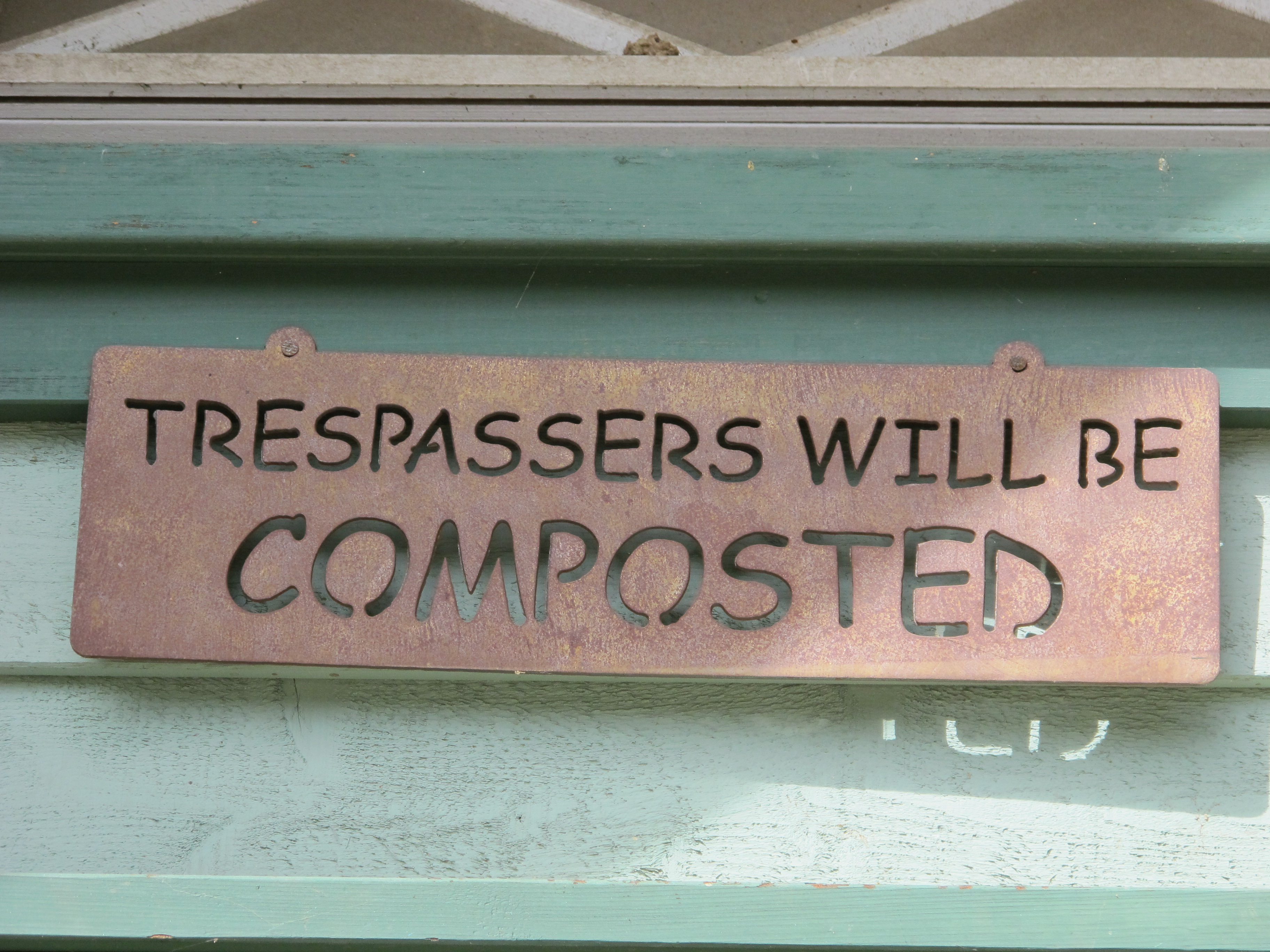
 RSS Feed
RSS Feed